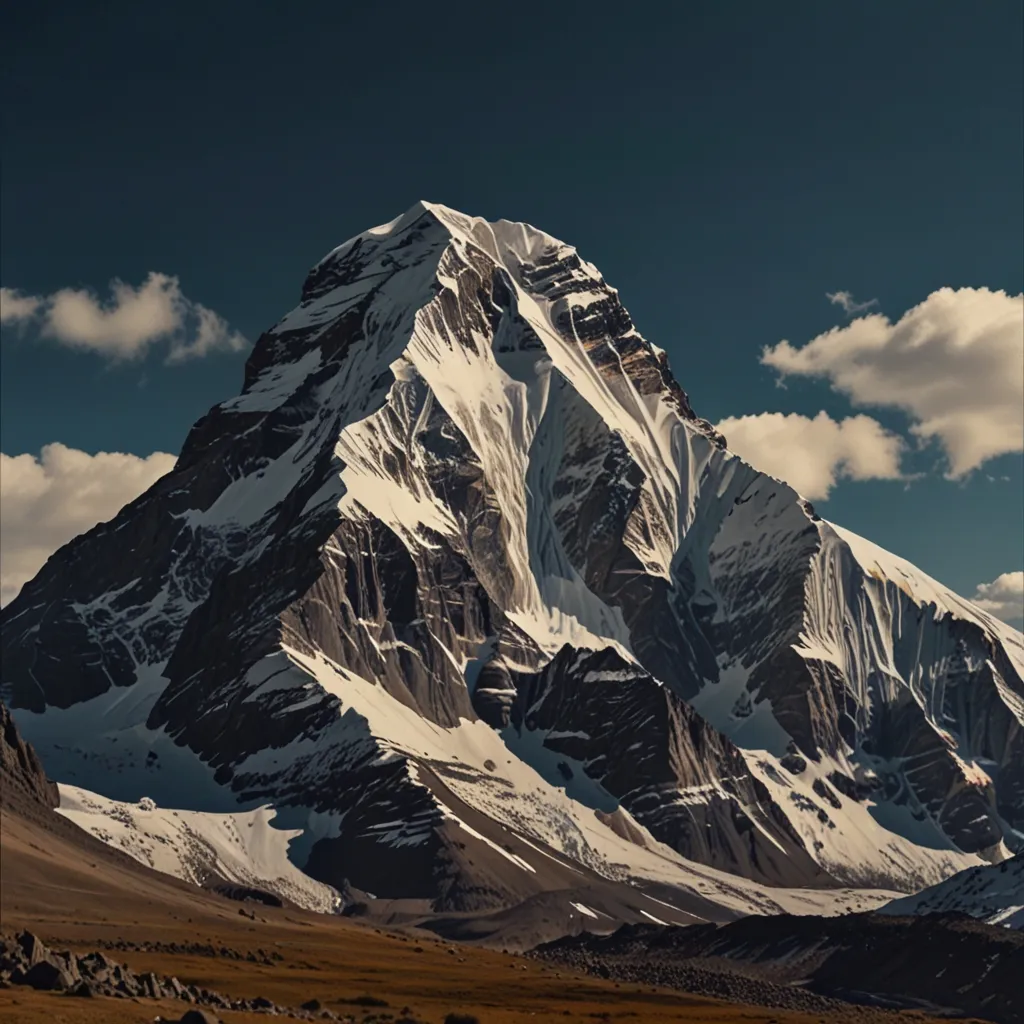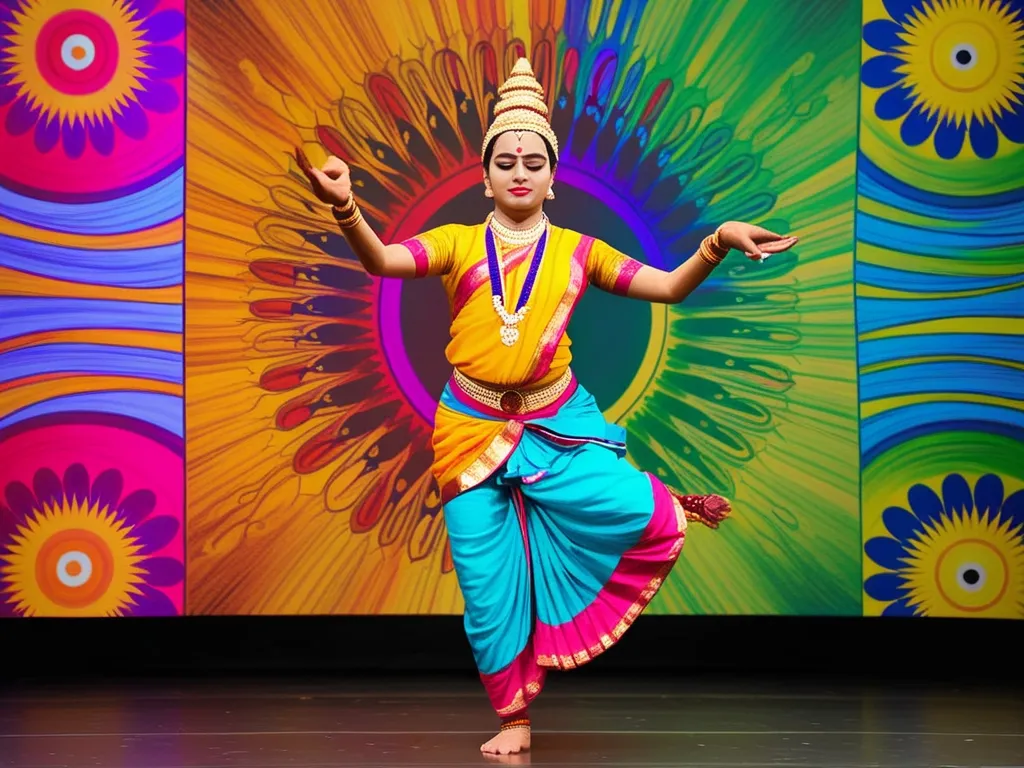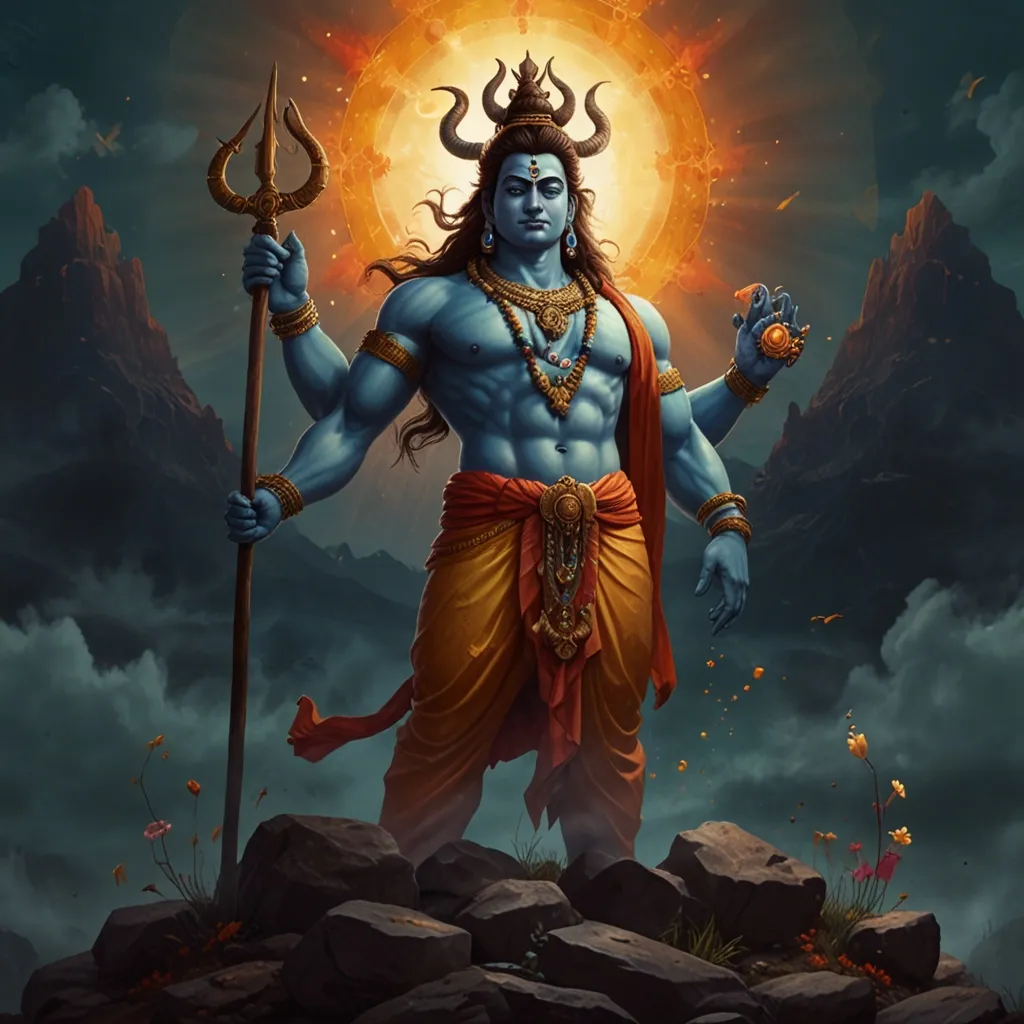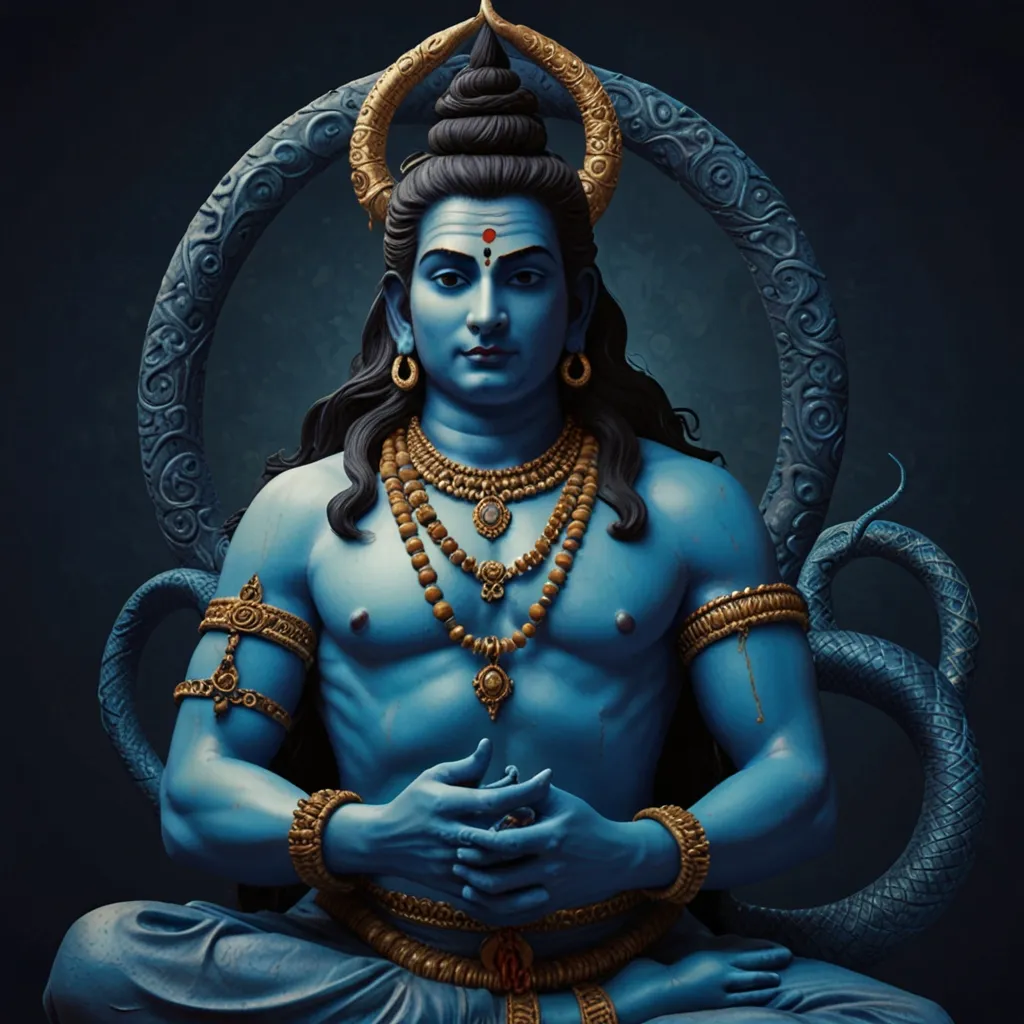Mount Kailash is one of those places that just hums with spiritual energy, nestled right there in the mighty Himalayas. Revered by followers of Hinduism, Buddhism, Jainism, and the Bon religion, this mountain isn’t just another peak—it’s like the spiritual HQ of the universe. Referred to as the Abode of Shiva, it’s believed that this Hindu god chills at the top, meditating in cosmic bliss.
In Hindu mythology, Kailash is described as the world’s pillar. Imagine that—a mountain standing at the core of six ranges, marked as high as 84,000 leagues! It’s also the birthplace of four major rivers—Indus, Sutlej, Brahmaputra, and Karnali—which then split the world into four distinct parts. So in a way, Kailash serves as the spiritual heart of Earth itself.
The legend weaves a rich tapestry around Shiva and his consort, Goddess Parvati, who supposedly reside there. Many believe this peak is their throne of Truth, Wisdom, and Bliss. Beyond its sheer physical awesomeness, the mountain also symbolizes Purusha and Prakriti—kind of like the ultimate cosmic duo of Shiva and Shakti.
And then there’s the tale of Ravana, the king of Lanka. This dude was known for his brute strength and even tried to shake Mount Kailash. But guess what? The mountain didn’t budge. This story is like a cosmic reminder of just how eternal and unmovable Kailash is supposed to be.
Kailash isn’t just a mountain; it’s a hardcore pilgrimage site for the devout. People from all over embark on the grueling trek around the mountain, not just for the exercise, but for spiritual awakening and liberation. Walking around this mountain is like a gritty boot camp for the soul, loaded with physical challenges and inner revelations.
Jainism also places Kailash high on its spiritual leaderboard. Jain followers believe that Rishabhanatha, their religion’s founder, attained moksha—basically, liberation—on this mountain. His son, Emperor Bharata, even had stupas and shrines built there, decked out in precious stones, each honoring the 24 tirthankaras or spiritual luminaries of Jainism. The deep respect Jains have for Kailash is truly tangible.
When it comes to Buddhism, Kailash is no less significant. Buddhists call it Mount Meru, the axis of existence itself. The mountain sits smack at the center of their cosmology and is connected to many sacred sites associated with Padmasambhava, who introduced Tantric Buddhism to Tibet. Even the nearby lake, Mansarovar, holds a special place as it’s dubbed the mother of the world, with Kailash being the father. It’s all about balance and harmony here, echoing the core teachings of Buddhism.
The Bon religion looks at Kailash with equal reverence, considering it the center of the ancient Bon empire of Zhang Zhung. The mountain is believed to spout four mythical rivers—Lion, Horse, Peacock, and Elephant—that flow in all four cardinal directions. This myth highlights Kailash’s role as a life-giving force and energy hub.
Taking the trip to Kailash is like going on a spiritual road trip. Many pilgrims report feeling a deep, almost electric sense of peace and connection to the divine. They feel this place holds the universe’s secrets; it’s like a spot where time practically freezes, merging the material with the spiritual.
On top of that, Kailash is tightly bound to the concept of moksha in Hinduism. Moksha means breaking free from the endless cycle of birth and death. Many believe that reaching the summit of Kailash can get you closer to achieving this spiritual liberation. The peak is thought to be a gateway to salvation, where you could potentially become one with the divine.
Let’s not forget that Kailash is also a natural marvel. The mountain’s unique shape and the surrounding landscape are a visual treat. Nearby, Mansarovar Lake holds its own mystique, considered one of the holiest lakes in Hinduism. It’s believed to have been crafted by Lord Brahma himself and is the summer abode of the swan—a symbol of wisdom and beauty.
The legend of Mansarovar Lake is incredibly interwoven with Kailash’s mythology. Supposedly, Lord Brahma first made the lake in his mind before placing it on Earth. When Sati, Shiva’s consort, met her end, her hand is said to have landed at the lake, crystalizing its pristine waters. Some pilgrims even say the sound of the melting snow in summer is like hearing Lord Shiva’s drumbeat.
Drinking from Mansarovar? That’s believed to cleanse you of sins spanning a hundred lifetimes. The lake is thought to be as pure as it gets, and taking a dip, especially in the early morning “Brahma Muhurta,” is said to be a deeply spiritual experience. This is the time when Lord Brahma and the devas are believed to descend for their celestial bath.
Mount Kailash and Lake Mansarovar are more than just places on a map; they’re spiritual destinations loaded with meaning. They encapsulate the essences of Hinduism, Buddhism, Jainism, and the Bon religion. Visiting these sacred spots is a journey of self-discovery, spiritual growth, and enlightenment. For many, Kailash is a lot more than just a physical mountain; it’s a mystical gateway where the earthly and the divine converge.
Kailash stands tall as a symbol of immense spiritual and cultural significance. Its myriad stories and myths are stitched deeply into the religious traditions of many faiths, making it a site worthy of profound reverence. Whether you come as a pilgrim, a seeker, or just a curious traveler, the presence of Kailash will undoubtedly leave a lasting impression, etching itself into the tapestry of your spiritual journey.






